

Blood Stasis
Modern diseases such as coronary heart disease, stroke, hypertension, diabetes, and tumors are all related to blood stasis. When blood stasis occurs, many people consider taking blood invigorating herbs to improve circulation. However, while taking these herbs, they often overlook a crucial factor that may worsen blood stasis. Why does blood stasis become more severe despite treatment?
Identifying Blood Stasis from Within
-
Sign of Blood Stasis 1: Skin Spots, Dry Skin, and Flaking
Appearance of skin spots at a certain age indicates underlying blood stagnation. The more spots present, the more severe the circulation impairment.
-
Sign of Blood Stasis 2: Enlarged Sublingual Veins and Cyanosis of Lips
Some individuals may have cyanotic patches on their tongues, and the sublingual veins may appear enlarged.
-
Sign of Blood Stasis 3: Symptoms of Cardiac Discomfort
Blood vessel blockage in the heart, known as coronary heart disease, leads to insufficient blood supply to the myocardium, with common symptoms including chest tightness and shortness of breath. In severe cases, it may lead to chest pain and back pain, which can radiate to other areas such as the shoulders and teeth.
-
Sign of Blood Stasis 4: Changes in Emotions
Psychological symptoms are often overlooked. Issues ranging from insomnia to irritability, anxiety, and depression are actually related to poor cerebral blood circulation and malnourishment of brain nerves.

Why is the Effect of Blood Invigorating Treatment Unsatisfactory?
Experts tell us that blood stasis does not appear out of nowhere; it is caused by various factors leading to circulation impairment, which in turn triggers various diseases. If treatment only targets blood stasis without addressing the root causes, it may not only fail to resolve the stasis but also lead to other issues.
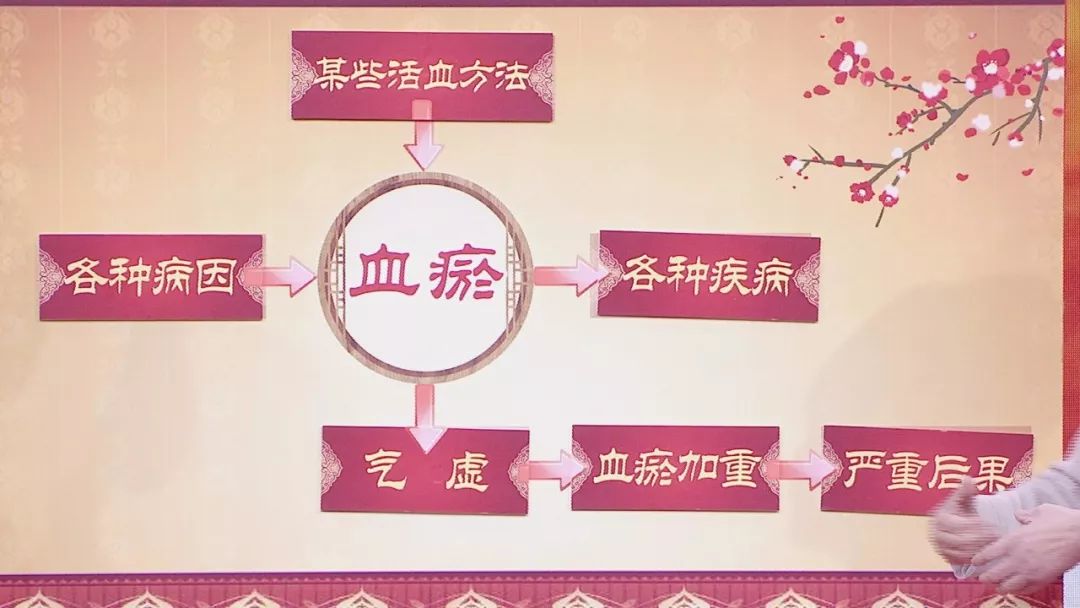
Phlegm-Dampness, Yang Deficiency, Qi Stagnation, and Qi Deficiency are the Four Most Common Causes of Blood Stasis, with Qi deficiency being the core pathological factor. Qi deficiency is the most common condition among middle-aged and elderly individuals. Behind phlegm-damp blood stasis, yang deficiency blood stasis, and qi stagnation blood stasis, there is often a trace of qi deficiency.

As people age, the kidney qi, or the fundamental qi of the body, begins to weaken, leading to qi deficiency. When qi is deficient, the ability to metabolize waste products diminishes, making it easier to develop high blood sugar, high blood lipids, and high uric acid. Therefore, the root cause of phlegm-dampness lies in qi deficiency.

When using certain blood invigorating methods, if improper techniques are applied, it may lead to qi deficiency while invigorating the blood, and qi deficiency can, in turn, exacerbate blood stasis. This explains why blood stasis may worsen despite using invigorating methods.
Can Exercise Improve Blood Circulation?
Many people experience “panting” and “sweating” after running or hiking. According to the Huangdi Neijing, this is referred to as “labor“. During panting, lung qi disperses outward, and during sweating, stomach qi rises. Over time, excessive exercise can deplete the body’s qi.
An expert’s friend lost his father to a stroke at the age of 58. To avoid the risk of stroke, this friend began to exercise more at the age of 50, walking ten kilometers every night for six months. Unfortunately, one day he suffered a stroke and tragically passed away.
Another student of the expert, after running a marathon, was bedridden for a month, unable to move, not due to joint injury, but due to damage to kidney qi, which affected heart qi.
Thus, in some cases, exercise can lead to increased qi deficiency. The expert advises: walking is beneficial for health, but it should be done within limits; under 10,000 steps with slight sweating is appropriate. Middle-aged and elderly individuals must avoid excessive exercise.

Can Alcohol Improve Blood Circulation?
Ancient texts record that alcohol has the effect of promoting qi and invigorating blood, but some people find that drinking alcohol does not improve blood circulation and may even worsen blood stasis. Why is this?

Experts tell us that before the Yuan dynasty, alcohol was generally low-alcohol, which indeed had the effect of invigorating blood and promoting qi. However, after the Yuan dynasty, high-alcohol beverages emerged, which are harsh and depleting. Long-term consumption can worsen blood stasis and increase the risk of cardiovascular events.
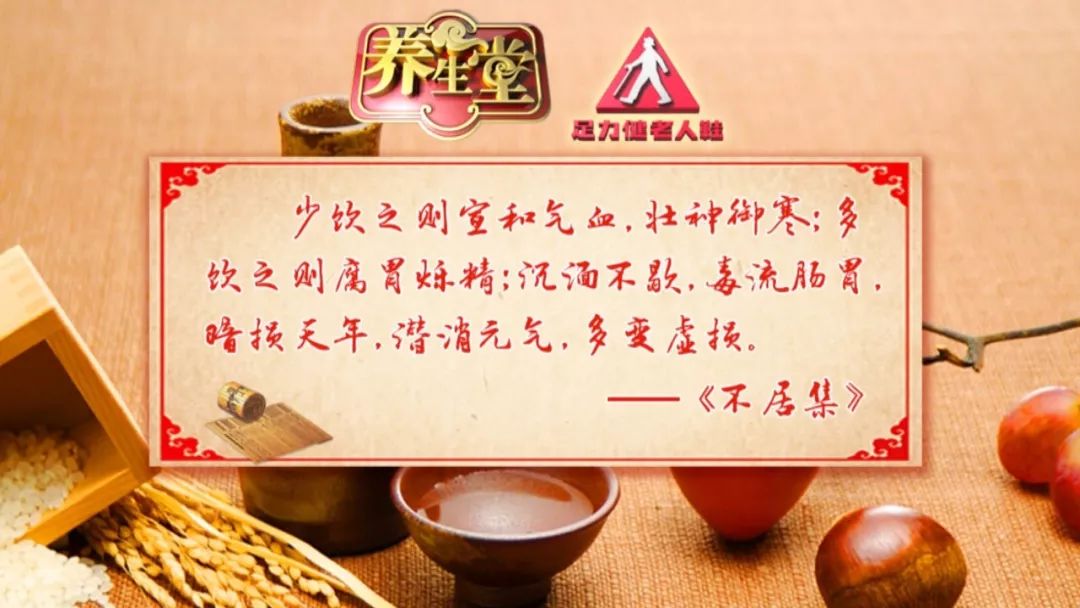
Note: Low-alcohol beverages promote qi and invigorate blood, while high-alcohol beverages are harsh and depleting. Alcohol consumption should be moderate.
Are You Using Blood Invigorating Herbs Correctly?
Many people consider taking blood invigorating herbs to improve circulation. However, not all blood invigorating herbs can be used indiscriminately. Some can be used, while others should not be used casually.If used improperly, they may have the opposite effect. For example, Chuanxiong (Ligusticum chuanxiong) is a potent herb with a strong dispersing nature. Using it alone or for extended periods can deplete the body’s true qi, exacerbating blood stasis. Therefore, Chuanxiong should be used in combination and under the guidance of a physician.
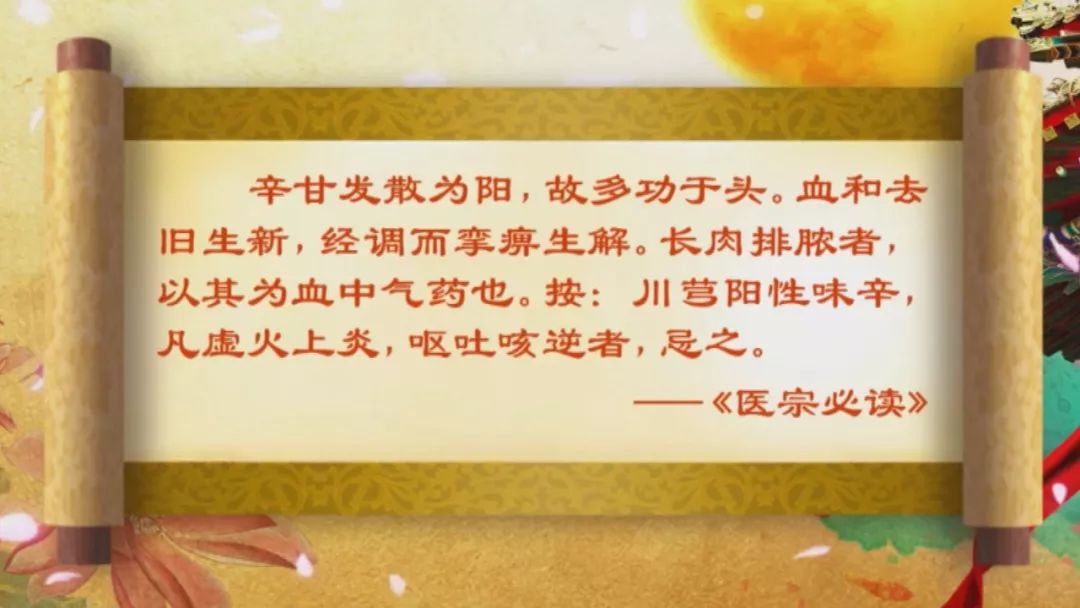
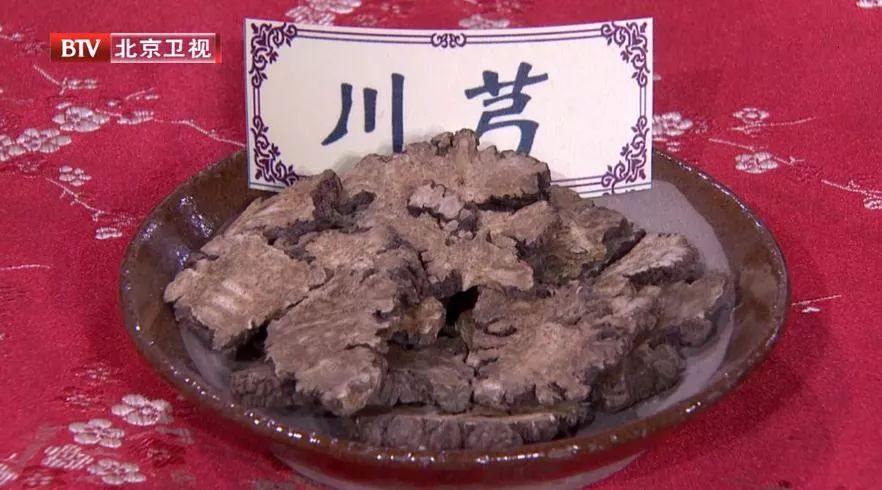
Experts tell us that in the nine formulas used by the Sage of Medicine Zhang Zhongjing to treat chest obstruction syndrome (coronary heart disease), almost none used a single blood invigorating herb. Instead, they addressed the root causes of phlegm-dampness, yang deficiency, qi deficiency, and qi stagnation. He used Ren Shen Tang (Ginseng Decoction) to tonify qi, Yao Ren Fu Zi San (Coix and Aconite Powder) to warm yang, and Gua Lou Xie Bai Ban Xia Tang (Trichosanthes, Allium, and Pinellia Decoction) to drain turbidity.
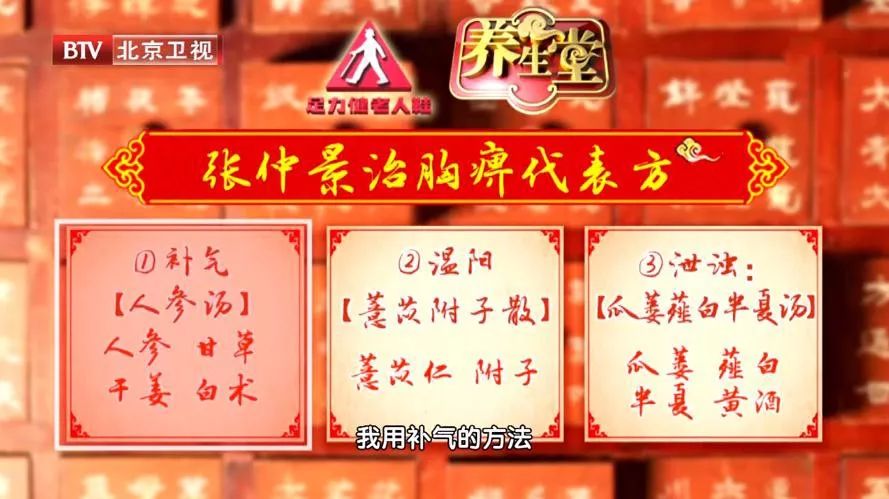
This is because long-term use of blood invigorating herbs can easily lead to qi deficiency, and blood invigorating treatments can dilate blood vessels, increasing blood circulation and subsequently increasing the heart’s burden, leading to insufficient blood supply to core areas. Therefore, blood invigorating formulas should be used under the guidance of a physician, strictly following medical advice.
Qi Tonifying and Blood Invigorating Formula
In daily life, when using blood invigorating herbs to regulate the body, it is essential to avoid harming qi and to ensure a gentle approach while also tonifying qi.
Experts recommend blood invigorating herbs with tonifying properties: San Qi (Notoginseng), which belongs to the Araliaceae family and has certain qi tonifying effects, so one does not feel deficient when taking it; Dan Shen (Salvia miltiorrhiza) also has qi tonifying properties; Quan Xie (Scorpion), Di Long (Earthworm), and Shui Zhi (Leech) are animal medicines that, while invigorating blood, do not strongly deplete qi; they are all considered “blood and flesh nourishing substances”.
Experts remind us to pay attention when using blood invigorating herbs:
1. Blood invigorating herbs should be taken intermittently;
2. They should be taken at critical times, such as in the evening, when blood clots are more likely to form. Blood invigorating herbs should preferably be taken before bedtime to promote circulation and prevent heart attacks and strokes;
3. It is important to combine them with suitable qi tonifying herbs. Herbs like Ren Shen (Ginseng) and Huang Qi (Astragalus) are qi tonifying herbs.
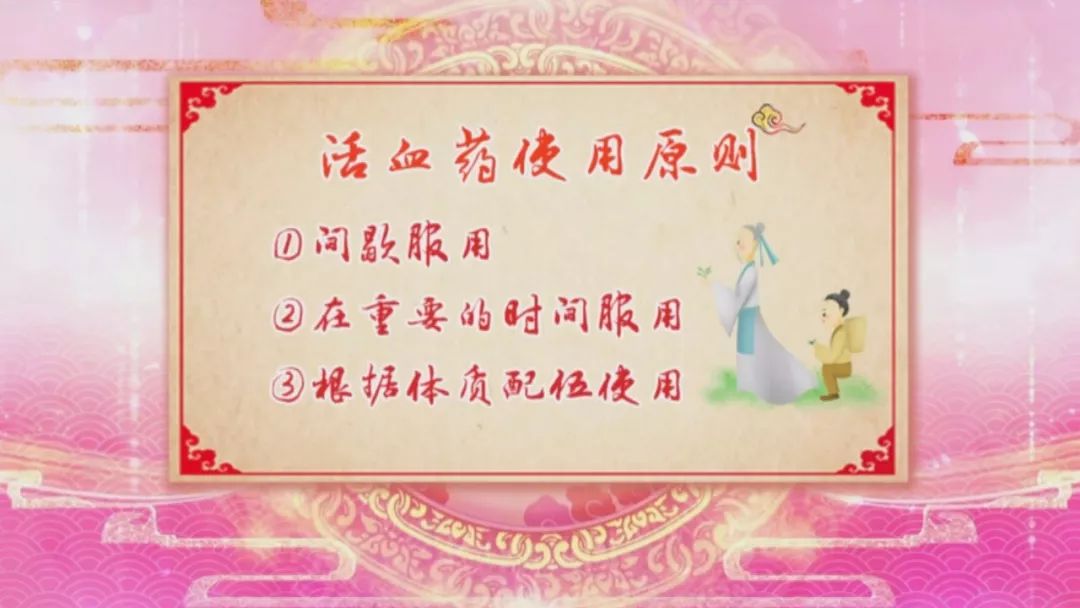
Experts have provided a qi tonifying and blood invigorating formula:
[Qi Tonifying and Blood Invigorating Formula]
15 grams of Dang Shen (Codonopsis), 15 grams of Mai Dong (Ophiopogon), 15 grams of Wu Wei Zi (Schisandra), and 30 grams of Dan Shen (Salvia miltiorrhiza). Cook together for 15 minutes and drink.
Dang Shen tonifies qi and harmonizes; Mai Dong nourishes qi and yin, moistens the lungs; Wu Wei Zi astringes qi; Dan Shen tonifies qi and invigorates blood. This combination of herbs is beneficial for the prevention of cardiovascular diseases. Note: Not suitable for patients with hypertension.
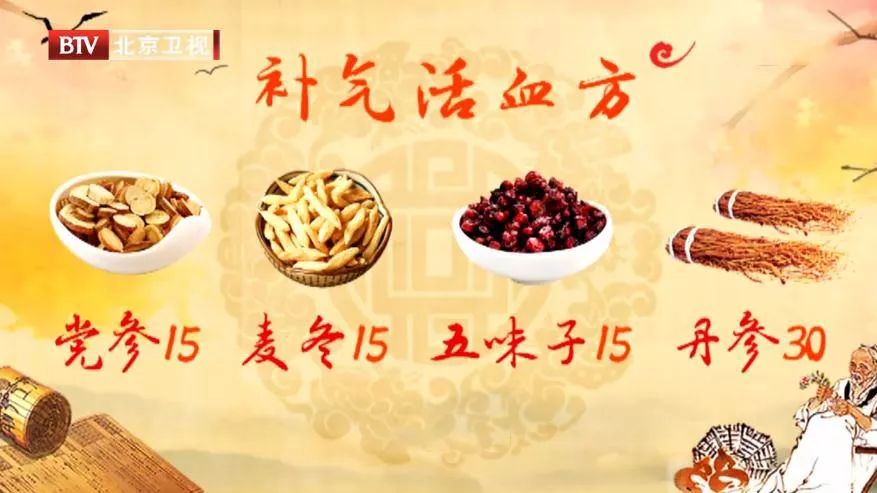
Expert Consultation Information
He Juan
Every Tuesday evening and Sunday morning
Beijing University of Chinese Medicine, Guoyi Tang Outpatient Department
Note: Due to unforeseen circumstances, changes in outpatient hours, locations, types (general, expert, or special outpatient), and registration fees will be based on the hospital’s announcements on the day.
“
Recent Popular Articles
1. The half-hour after meals is the “golden health period”! Doing these things can promote digestion and prolong life~
2. Palpitations and tremors? Beware of hyperthyroidism! It can harm multiple organs; here’s a self-test method for hyperthyroidism!
3. Revealed! The longevity formula used by a national medical master for 20 years: warming yang, nourishing blood, tonifying qi, and nourishing yin!
4. Swollen legs could be a precursor to sudden death? Experts say unilateral leg swelling is more dangerous! Regularly doing this action can save lives!
”

Click the image to learn more about the event details↑↑↑
Like it? Click “See”!

